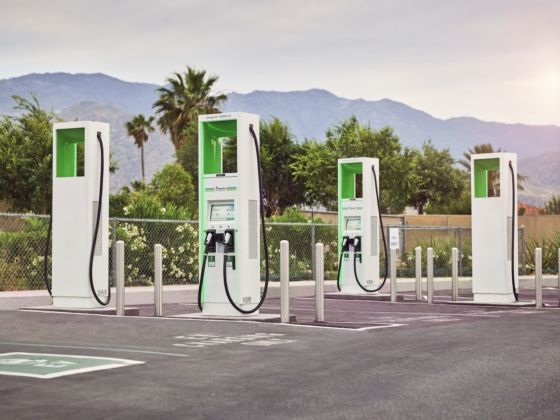This is The Climate Win, the most positive sustainability news around the world every week.
Last week, Electrify America, which operates one of the largest electric vehicle (EV) charging networks in the United States, announced a partnership with truck stop and convenience store operator Love’s Travel Stops. Together, they’ll expand their cross-country routing of charging stations by developing 28 new, ultra-fast EV charging stations at the common highway travel centers in six states — New York, Oklahoma, Florida, New Mexico, Utah, and Arizona. Many are open, and all are set to be completed by early 2021.
